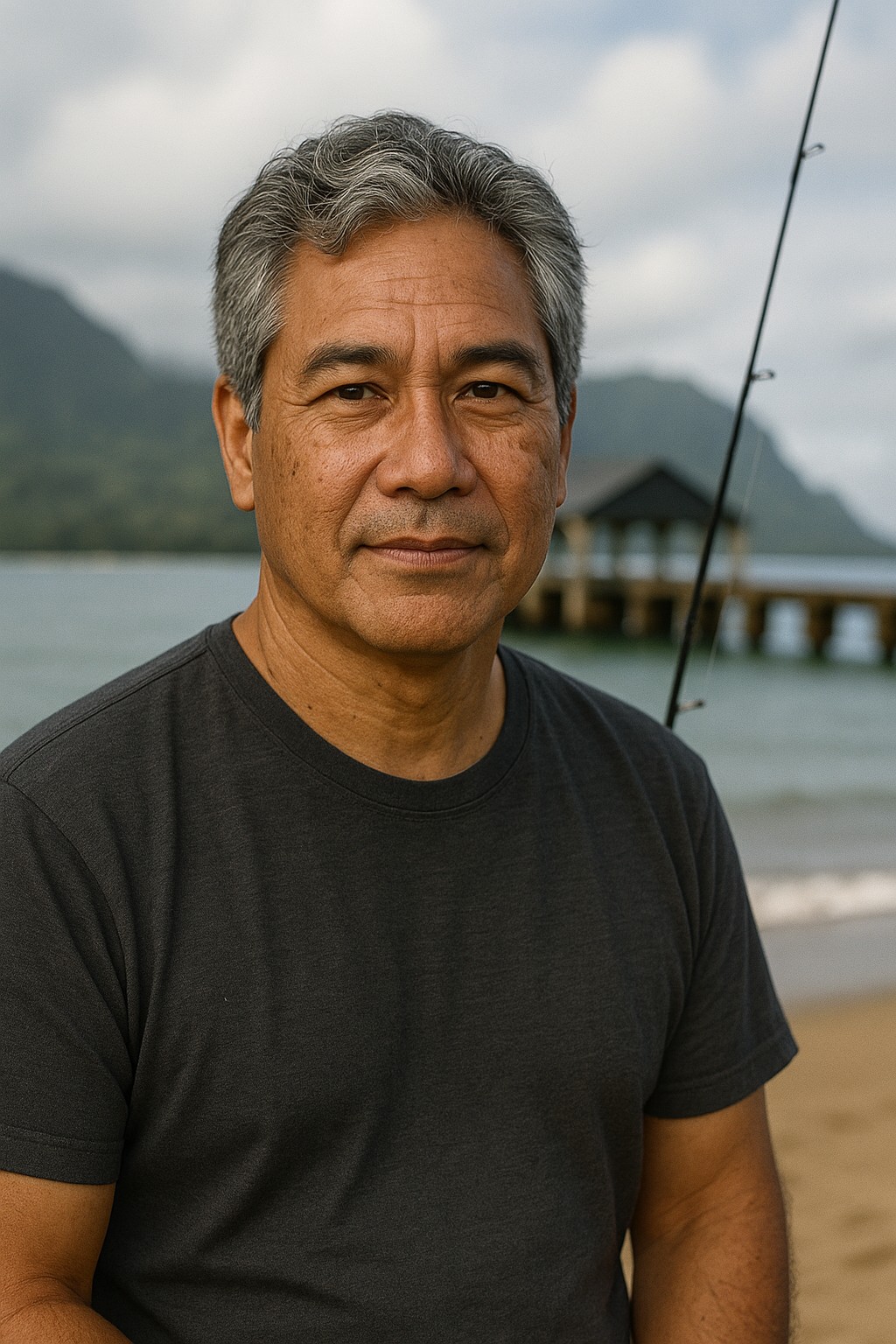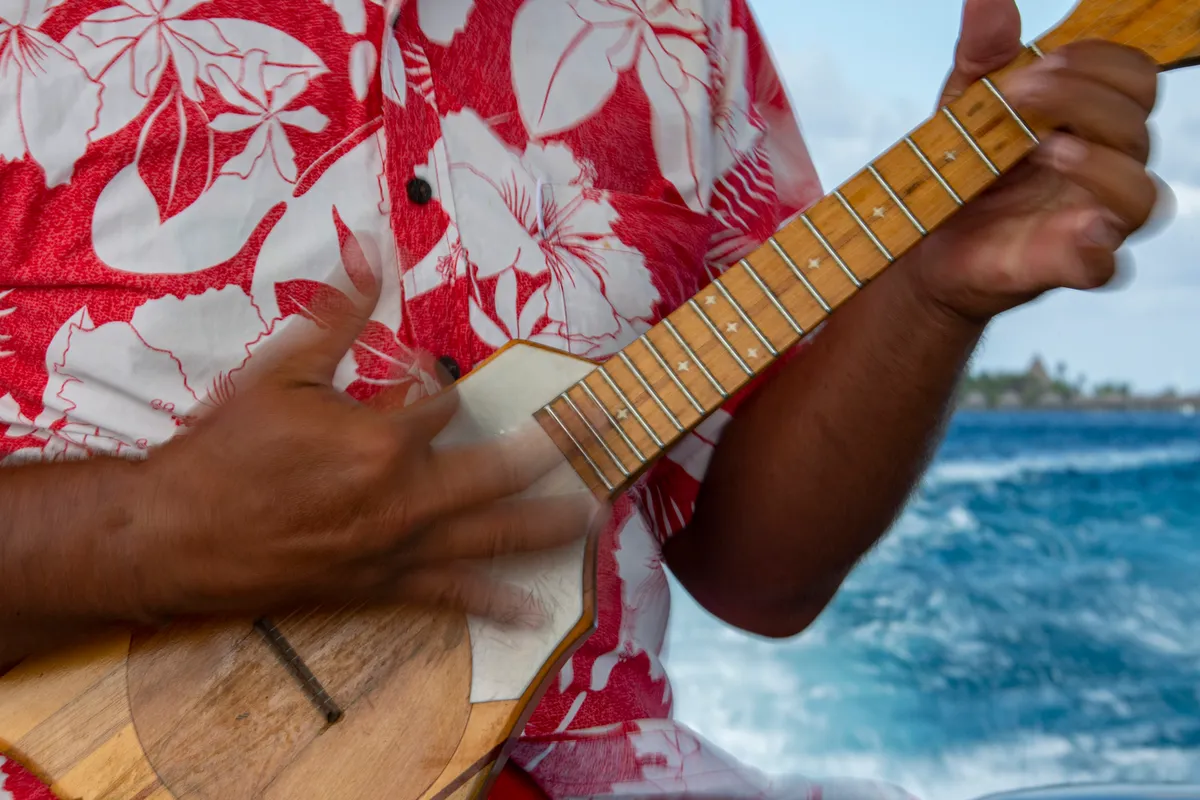
The Renaissance Generation
Bridging Ancient Wisdom with Modern Innovation

Written by a Cultural Expert
Kalani MillerThe Second Hawaiian Renaissance

The 1970s brought the Second Hawaiian Renaissance. The Hōkūleʻa sailed using traditional navigation. Activists saved Kahoʻolawe from military bombing. Hawaiian language, hula, and music experienced a powerful revival. Musicians became the voice of this awakening.
Kealiʻi Reichel: Ancient Traditions, Modern Artistry
Kealiʻi bridges ancient tradition with modern artistry. As a world-renowned musician and master kumu hula, he brings authentic Hawaiian culture to global audiences while training the next generation through his hālau, Keʻalaokamaile.
His mission goes beyond performance. He teaches agriculture alongside hula, reinforcing the connection between culture and land. He's not just preserving tradition. He's proving it can thrive in the modern world.
Renaissance artists understood that preservation isn't about freezing culture in time. It's about keeping the spirit alive while allowing it to grow and respond to contemporary needs.
🎵 Kealiʻi Reichel
Master kumu hula and musician bridging ancient tradition with modern artistry.
🌺 Israel Kamakawiwoʻole
Gentle voice with powerful message of Hawaiian rights and independence.
🔥 Jawaiian Movement
Reggae-influenced sound addressing post-colonial struggles and cultural pride.
🎤 Na Mele Paleoleo
Hip hop and reggae fusion speaking to modern Hawaiian experiences.
New Voices, Ancient Spirits
Hawaiian music keeps growing, adopting new genres while maintaining its core identity. Bob Marley's 1979 concert in Waikīkī planted seeds that grew into a whole new sound. Reggae's themes of post-colonial struggle and cultural pride resonated deeply with Hawaiian realities.
Artists like Bruddah Waltah, Fiji, and The Manaʻo Company created "Jawaiian" - a reggae-influenced sound that speaks to local experiences. Groups like Sudden Rush blend reggae with hip hop, creating what Hawaiians call na mele paleoleo.
Continue Your Musical Journey
Explore more aspects of Hawaiian music history and cultural significance.
📅 Renaissance Timeline
- 1970s: Second Renaissance
- 1976: Hōkūleʻa voyage
- 1979: Bob Marley concert
- 1990s: IZ's global fame
- 2000s: Digital renaissance
🎵 Modern Genres
- Jawaiian (Hawaiian Reggae)
- Na Mele Paleoleo (Hip Hop)
- Contemporary Hula
- Slack Key Revival
🌟 Renaissance Artists
Master kumu hula
Gentle giant of music
Hip hop sovereignty
Jawaiian pioneer
Mana Maoli Collective: The Future of Hawaiian Music
This nonprofit represents the future of Hawaiian music. Their Mana Mele Project uses a solar-powered mobile recording studio to visit schools across the islands. Over 200 professional musicians work with more than 2,000 students, teaching academics and cultural values through music creation.
Their collaborative videos featuring over 1,000 students alongside stars like John Cruz and Jack Johnson show the power of intergenerational unity. They're ensuring the next generation has the tools and platform to tell their own stories.
The Renaissance generation proved that tradition and innovation can dance together. They showed us that preserving culture doesn't mean freezing it in time - it means keeping it alive, growing, and speaking to new generations.
Teaching Through Music
What makes Mana Maoli special is their understanding that music education isn't just about learning songs. It's about learning identity, history, and connection to place. When keiki compose their own mele about their home communities, they're not just making music - they're making meaning.
The solar-powered recording studio symbolizes the movement's values: sustainable, mobile, and bringing technology to serve culture rather than replace it. They're proving that the ancient art of mele can thrive in the digital age while maintaining its soul.
Solar-Powered Studio
Mobile recording studio bringing professional music production to schools across all islands.
Community Collaboration
Over 1,000 students working with professional musicians like John Cruz and Jack Johnson.
Through programs like these, Hawaiian music continues to evolve while staying rooted in its deepest values. The next generation isn't just learning old songs - they're writing new ones that speak to their own experiences while honoring the voices that came before.
